The Indian Railways, being one of the largest railway networks in the world, operates around 12,000 trains per day. It is also one of the largest consumers of diesel in the country, with an annual consumption of 2.7 billion liters, which includes traction requirement as well as the use of coach lights, fans, AC, etc. The train rooftops however remain continuously exposed to the sun during the day time, except when it is cloudy. In Indian conditions, the number of sunny days is 300 (out of a total of 365 days in a year). Thus, solar energy was being wasted, in fact, further heating the coaches resulting in increased cooling requirement. If the train rooftops are covered by specifically designed flexible solar modules, then the train will become a mobile source of generating electricity (solar energy) from solar radiation.
The past projects implemented on the railway coaches require MS frame mounted on the roof, which is usually installed by puncturing the roof of the railway coaches. This may have an impact on the lifespan of the coaches. Also, this mounting method leads to the additional weight of around 1 ton per coach and also increases the height of the railway coaches by 7 inches. The increase in height and weight are leading to more fuel consumption whilst the trains are running.
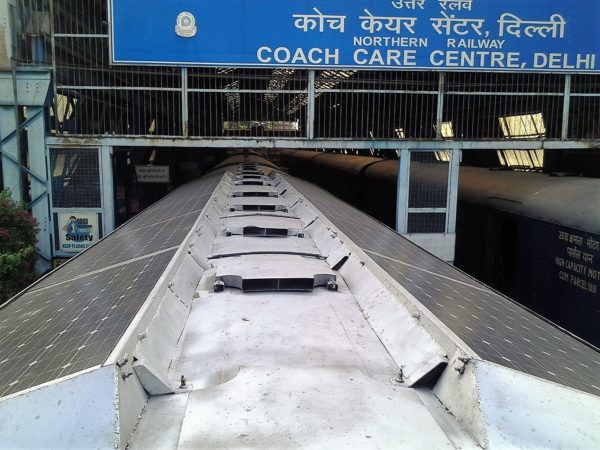
CEL India
Suitable methods
Thus, the major bottleneck for such a project is the module technology, plus the mounting method. Also, the conventional lighting and fan, which are not energy efficient, are the bottlenecks in optimally using the limited solar energy from the train rooftops.
Current questions stem from how to best utilize the railway coach roof space to generate solar energy, without increasing the traction load. It is also imperative that the electrical load of the coach may be reduced by using energy efficient devices with smart sensors to efficiently use the electricity generated from the solar power plant on the railway coach roof.
It is also expected that by covering the roof using the solar panels, the coach temperature may come down by 2-degree Celsius, providing better comfort to the passengers.
This innovative technology was used for the first time in India. There have been number of experiments with conventional solar panels. However, the flexible solar panel to cover the full roof of the railway coach with specialized pasting technologies is considered a better option than standard solar modules.
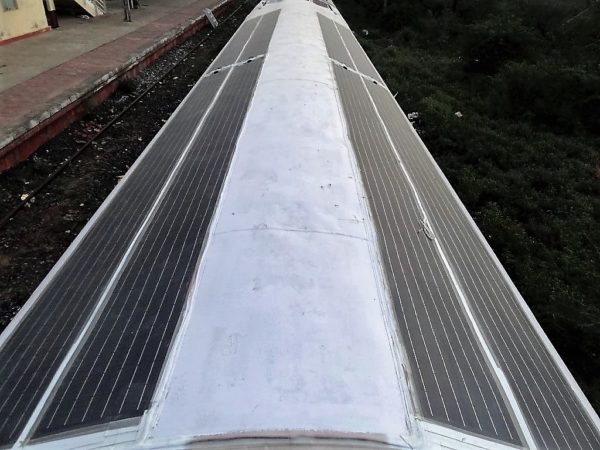
CEL India
Savings
Trains generally are on average comprised of 16 coaches. Therefore, installation of a solar power plant of capacity approximately 4 KW per coach with flexible modules on its rooftop is feasible. This power plant can effectively work for 3.5 hours, which implies the generation of 14 kWh per coach per day, which will account for 14 x 64,000 = 896,000 kWh per day for the 64,000 coaches of Indian Railways. Taking 300 sunny days; it will sum up to 268.8 million kWh of energy generated throughout the year.
The cost of consumption of electricity on Diesel loco driven train is at INR 25 ($0.38)/kWh, thus by converting the railway coaches into solar coaches could results in a significant saving of INR 6.72 billion ($ 102.7 million) for Indian Railways.
Moreover, CO2 emission is approximately 0.8 Kg/kWh. Therefore, it is achievable to reduce CO2 emission by 215,040 tones per train per year.
Further, this will lead the capital saving by Indian Railways due to the removal of dynamo from Railway coaches. Once this technology has proven it can be used for other mobility vehicles, then other public transport services such as buses and trams will be able to implement it as well.
The views and opinions expressed in this article are the author’s own, and do not necessarily reflect those held by pv magazine.
This content is protected by copyright and may not be reused. If you want to cooperate with us and would like to reuse some of our content, please contact: editors@pv-magazine.com.
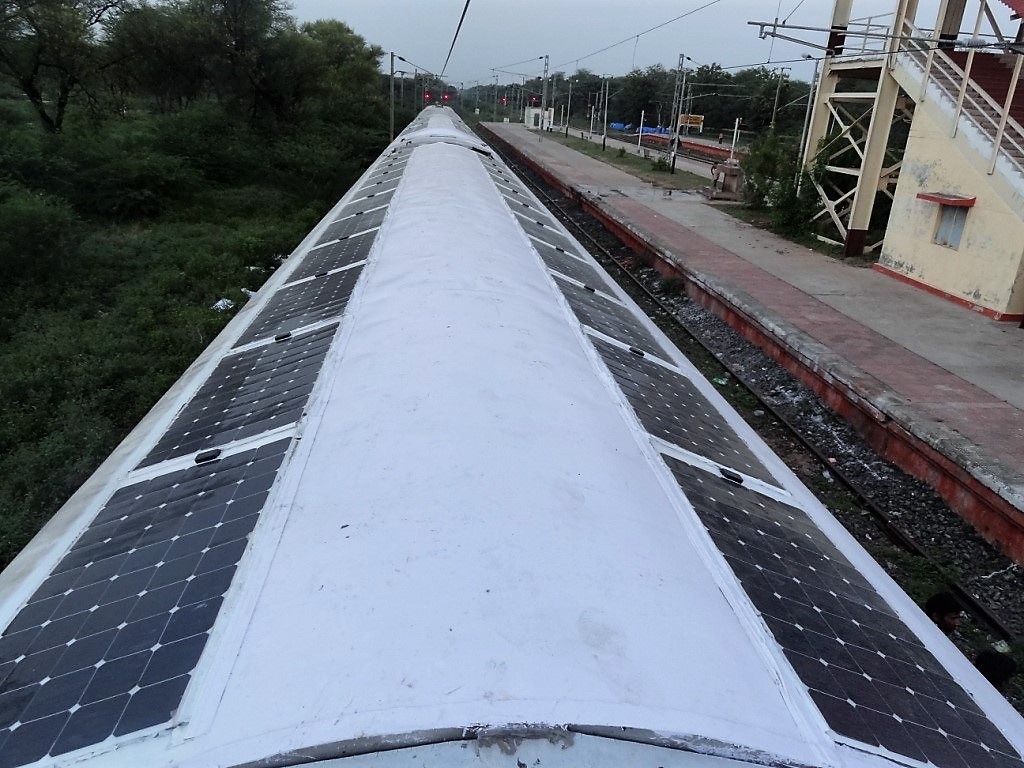
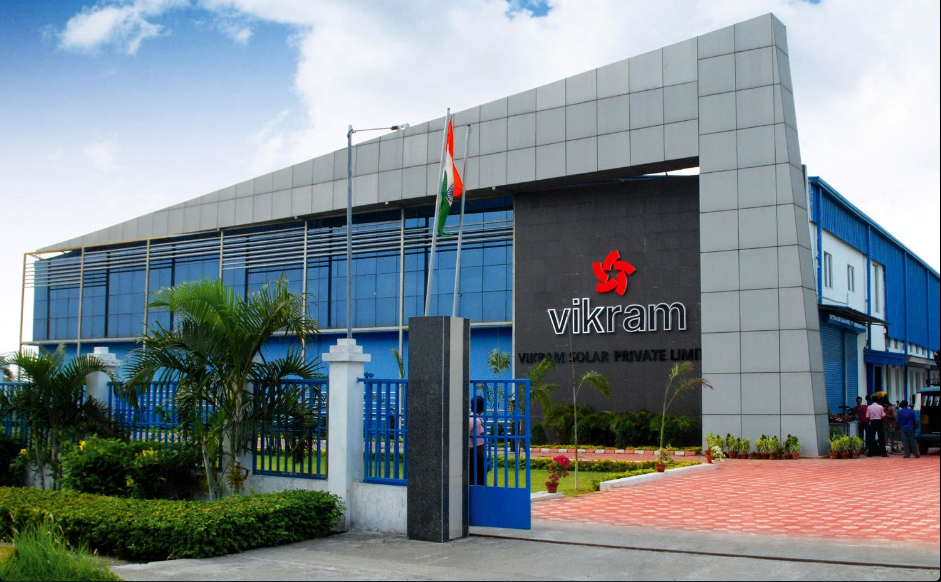

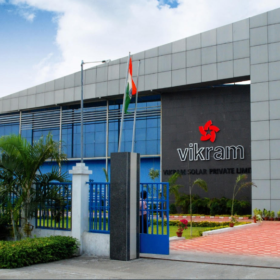
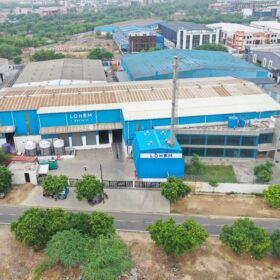

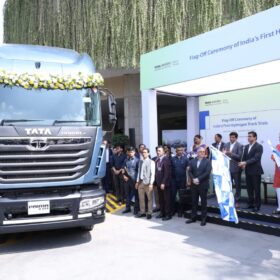
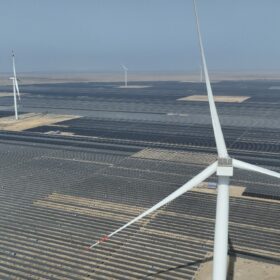
It is brilliant innovative application… economical, practicable and indeed necessary innovation. Would love hear about companies involved in thhis project. Peaople are talking about ehtenol blended gasoline, reformed diesl type investmentments. They should be shut down ASAP.
Gopala Vinjamuri